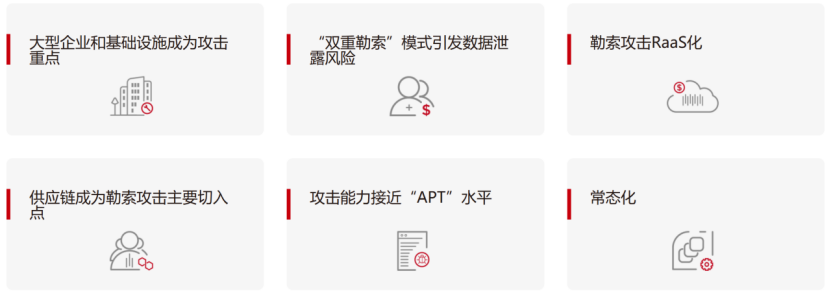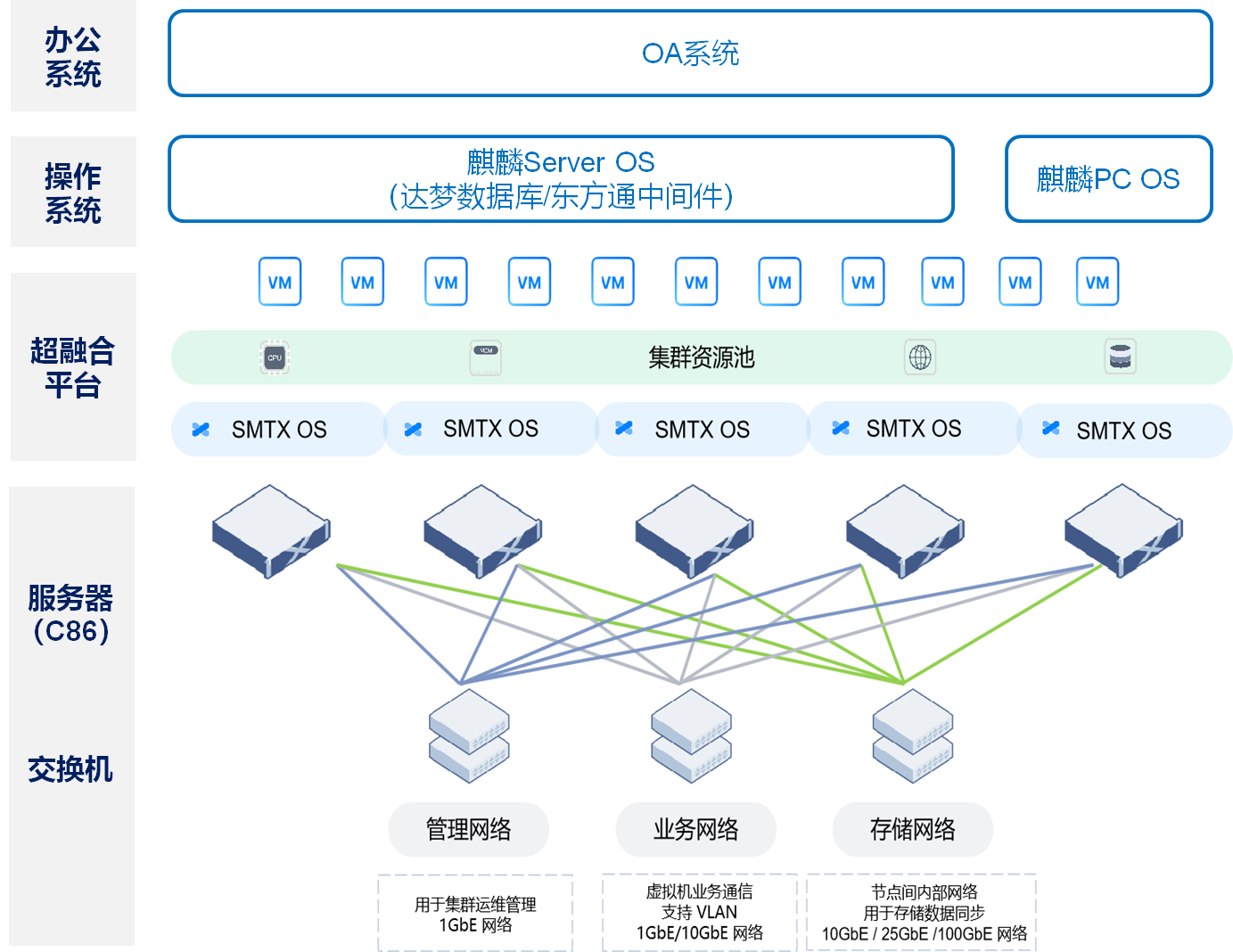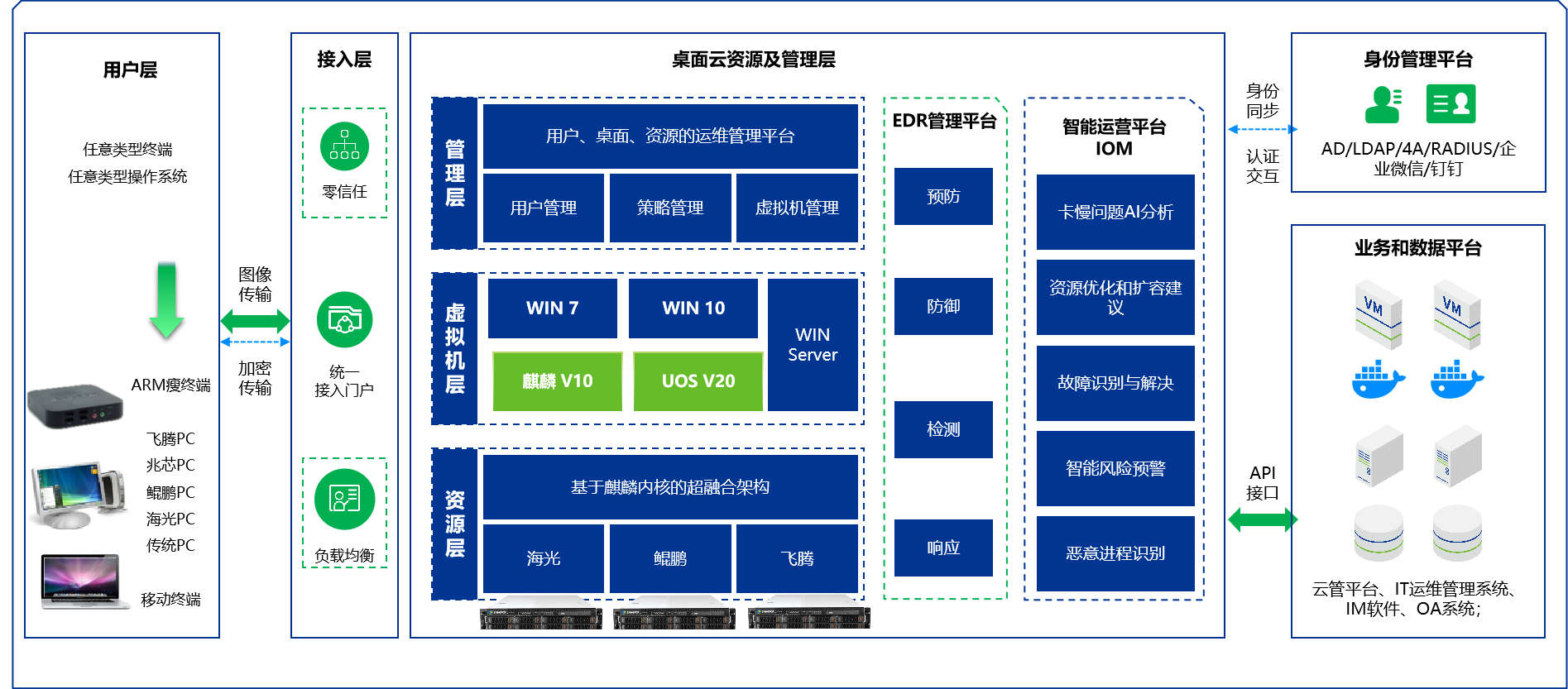In today's rapidly changing digital environment, businesses face increasing computing demands and data storage challenges. Hybrid cloud solutions, as an IT architecture that combines public and private clouds, offer businesses flexibility, scalability, and security.
I. What is a hybrid cloud?
A hybrid cloud is a cloud computing model that combines private and public cloud environments. In a hybrid cloud architecture, businesses can run sensitive applications and data in a private cloud while leveraging the powerful computing capabilities and storage resources of a public cloud to handle peak loads or non-sensitive data.

II. Advantages of Hybrid Cloud
- Flexibility Businesses can flexibly choose their operating environment based on their needs, easily migrate workloads, and support complex business scenarios.
- Cost-effectiveness By utilizing the pay-as-you-go model of the public cloud, businesses can reduce infrastructure investment while keeping core applications in the private cloud.
- Security Sensitive data and critical applications can be kept in the private cloud to ensure data privacy and compliance, while leveraging the public cloud to enhance the processing capabilities of non-sensitive data.
- Scalability To cope with changing workloads, businesses can quickly scale public cloud resources to support peak demand.
- Disaster Recovery Capabilities Hybrid cloud architectures enable data backup and recovery, improving business continuity and reducing the risk of data loss.
III. Typical Application Scenarios
- Data analysis and big data processing Businesses can store large datasets in the public cloud for analysis, while encrypting sensitive data and keeping it in the private cloud.
- Application development and testing Development teams can use public cloud resources to quickly create and test applications, while the production environment remains in the private cloud.
- Seasonal business needs E-commerce businesses, for example, can quickly expand computing resources through the public cloud during promotional seasons, while maintaining operations in the private cloud during off-peak times.
IV. Implementation Steps
- Needs assessment Analyze the specific needs, compliance requirements, and existing IT infrastructure of the business.
- Architecture design Design a hybrid cloud architecture based on needs, determining which applications and data are in the public cloud and which are in the private cloud.
- Platform selection Select appropriate public cloud providers (such as AWS, Azure, Google Cloud, etc.) and private cloud solutions.
- Data migration Plan and implement the migration of data and applications, ensuring minimal downtime.
- Security and compliance Implement necessary security measures, such as data encryption, authentication, and access control, to ensure compliance with industry standards.
- Monitoring and optimization Continuously monitor the hybrid cloud environment, perform performance optimization, and manage costs.
V. Summary
Hybrid cloud solutions provide businesses with unprecedented flexibility and efficiency, meeting the needs of a rapidly changing market. While achieving cost optimization, it ensures data security and compliance, making it an indispensable IT strategy for modern enterprises. By implementing a hybrid cloud architecture, businesses can effectively address future challenges and drive business innovation and development.
If you are interested in hybrid cloud solutions, please contact us to discuss more information.
Other Solutions
Systematized Data Disaster Recovery
2025-08-14
2025-08-14
Store anti-ransomware solutions
2025-08-14
High-performance NAS storage solution
2025-08-14
2025-08-06
2025-08-05
Service and technical support solutions
2025-08-05
2025-08-05
Xinchuang OA Full-Stack Solution
2025-05-30
Desktop virtualization solution
2025-04-23




















